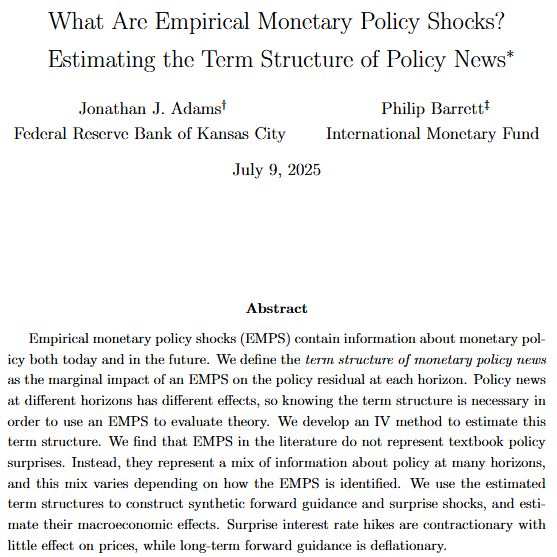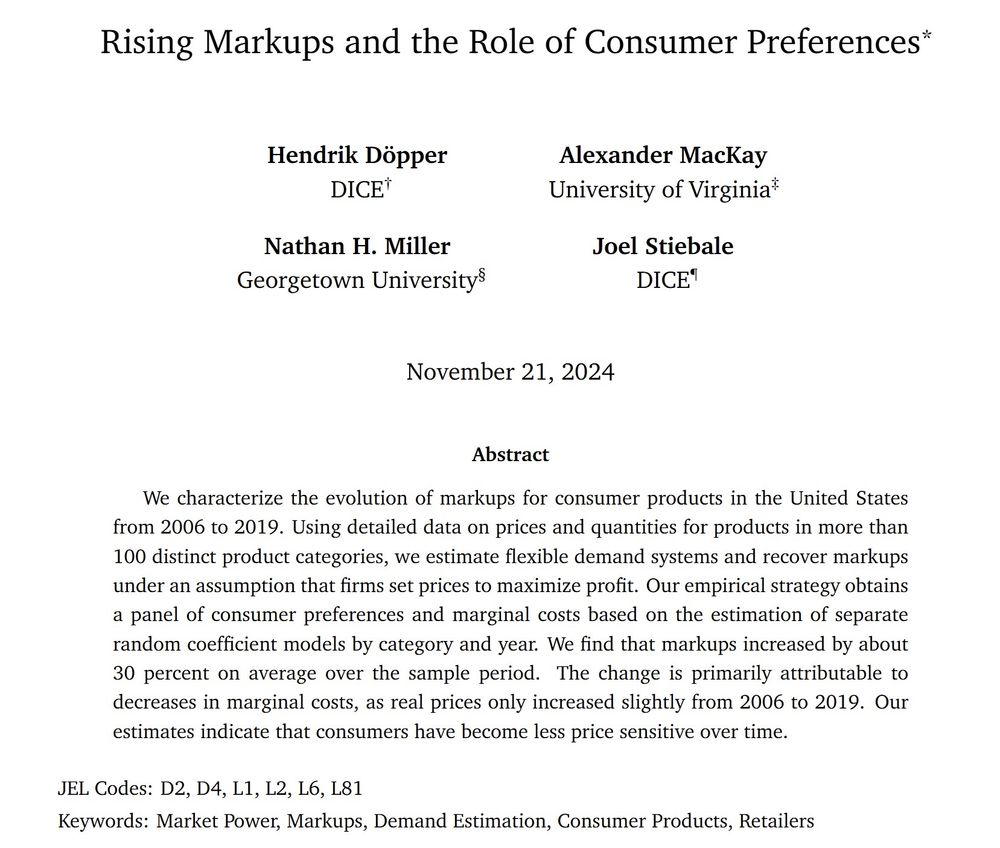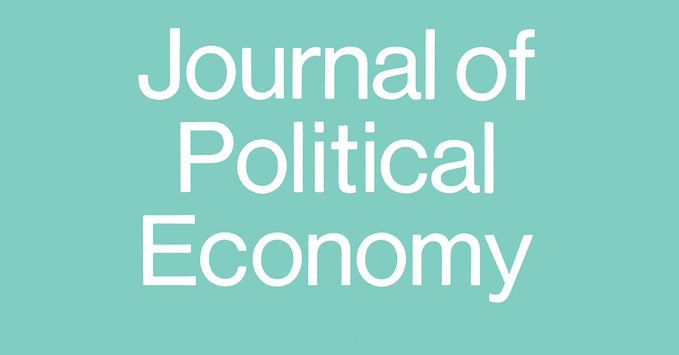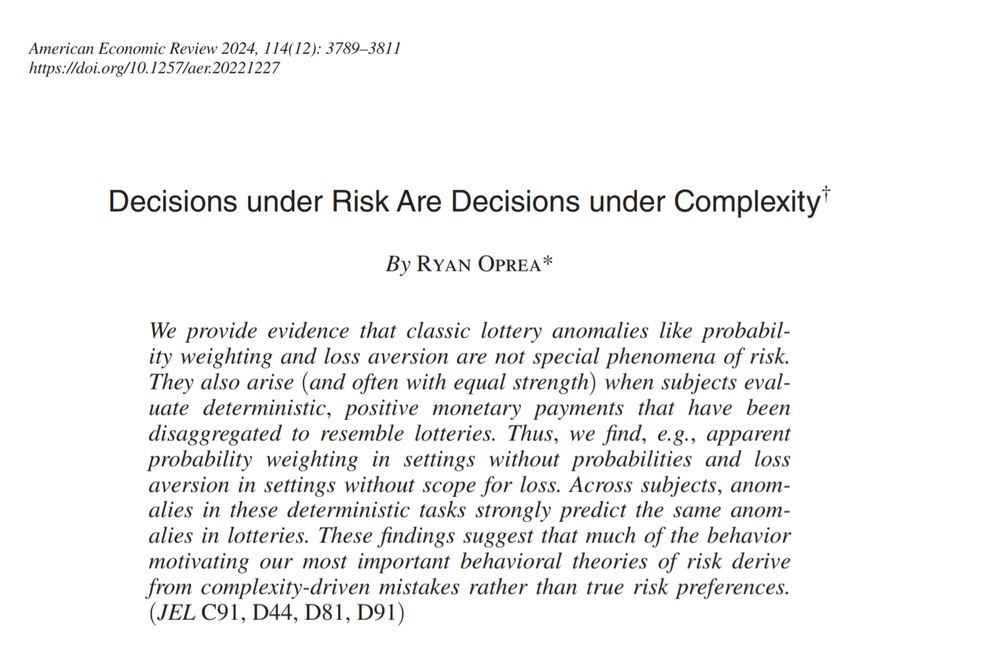Jonathan Adams
@jonathanjadams.com
1.3K followers
440 following
35 posts
Macroeconomist studying expectations and information.
KC Fed (views are my own)
Research: www.jonathanjadams.com
Posts
Media
Videos
Starter Packs
Jonathan Adams
@jonathanjadams.com
· Jul 9

What Are Empirical Monetary Policy Shocks? Estimating the Term Structure of Policy News
Empirical monetary policy shocks (EMPS) contain information about monetary policy both today and in the future. We define the term structure of monetary policy news as the marginal impact of an EMPS o...
www.imf.org
Jonathan Adams
@jonathanjadams.com
· Jul 9
Jonathan Adams
@jonathanjadams.com
· Jul 9
Jonathan Adams
@jonathanjadams.com
· Jul 9
Jonathan Adams
@jonathanjadams.com
· Jul 9
Jonathan Adams
@jonathanjadams.com
· Jul 9
Jonathan Adams
@jonathanjadams.com
· Jul 9
Reposted by Jonathan Adams
Jonathan Adams
@jonathanjadams.com
· Dec 18
Jonathan Adams
@jonathanjadams.com
· Dec 17
Reposted by Jonathan Adams
Jonathan Adams
@jonathanjadams.com
· Dec 10
Jonathan Adams
@jonathanjadams.com
· Dec 9
Jonathan Adams
@jonathanjadams.com
· Dec 2
Reposted by Jonathan Adams
Jonathan Adams
@jonathanjadams.com
· Nov 26
Jonathan Adams
@jonathanjadams.com
· Nov 19










